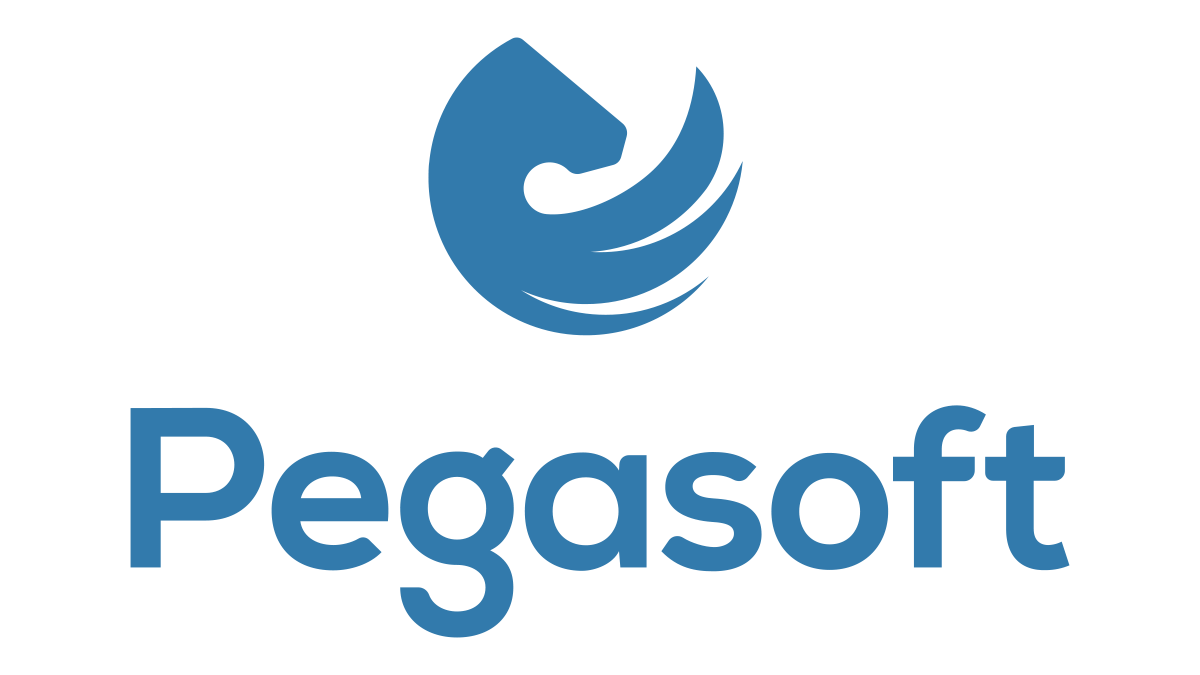If the use of AI is not fully embraced by the organisation, it could create a skills mismatch in the workforce, which could be a problem for management.
by Lino del Cioppo, CEO and President of Key Partner
Undercover use refers to when employees and collaborators use AI, but in an individual way, without sharing the results with colleagues and management. This could lead to a skills mismatch between the most ‘skilled‘ employees and others who are unaware of the potential of AI.
Artificial intelligence in business
It is now well established that the rise of artificial intelligence is an issue that is triple linked to employment and the quest for greater operational efficiency. A relationship that is historically reaffirmed each time a new technology enters our daily lives, potentially able to do what humans do, but at lower cost and with greater efficiency and effectiveness.
The correlation between the consolidation of a disruptive technology, suspicions about its impact on the workplace and natural curiosity about such an obvious potential is therefore fairly obvious and, at least in theory, justifies the concerns of certain sections of the workforce. But what if, instead, it is this concern that is the catalyst for a natural and progressive integration of AI into organisations? What if it is management that does not have the best and fullest understanding of the dynamics and opportunities that AI applied to work processes can create?
The submerged use of AI
In recent months, many companies have been grappling with the phenomenon of ‘shadow AI’ – the ‘hidden‘ use of AI by their employees and collaborators, but on an individual basis, without sharing the results with colleagues and management. This use is often driven by a curiosity to get to know the new ‘enemy’ and understand whether or not fears are justified.
An initial ‘cognitive’ approach to AI, which often does not end and becomes a kind of individual training in this new technology. The worker then finds himself in a process of autonomous upskilling, which is reduced in terms of tasks and daily operations in general, and which ends up creating imbalances in terms of competences with respect to his colleagues, and not only with respect to his colleagues, but also with respect to his colleagues.
This raises a potentially critical issue for management, namely that of defining policies and integrations with AI that may not be the ‘best fit‘ for the organisation, and that would risk being introduced with greater complexity and friction due to change management.
The need for a different approach
Therefore, a different approach to integrating AI into the business is needed, one that requires management to adopt a strategy that also starts from the bottom up and involves people directly.
This involves bringing out the ‘underground’, for instance through anonymous interviews, user groups, open working tables, gamification and so on.
Understanding who uses AI and how they use AI in the workplace therefore allows for a first assessment of the level of knowledge held by individuals.
Once this information is collected, the company can use the data to plan targeted interventions. Awareness-raising and knowledge-sharing are crucial. Setting up working groups and committees and organising training courses are essential steps in spreading awareness of AI within the company. Similarly, using employees who are already using AI as testimonials and trainers can allay the fears of reluctant colleagues, creating a virtuous circle and an extra push towards successful adoption.

For example, a company could organise workshops where ‘AI pioneers’ share their experiences and demonstrate how AI can improve productivity and simplify everyday tasks. These workshops not only educate employees, but also foster an environment of collaboration and mutual support.
The company’s primary objective in managing ‘shadow AI‘ must be to redress the skills imbalance and create the right conditions for the accumulated expertise of individuals to be pooled.
Promising use cases for artificial intelligence
Analysing the underwater use of AI also makes it possible to identify the most promising use cases for a structured introduction of artificial intelligence into business processes. This approach makes it possible to map processes in which AI has already been successfully integrated and to extend such practices to the enterprise level, putting the best tools in the hands of employees to enable them to make the most of technological support.
It is therefore clear that the introduction of AI, in order to be truly effective and to take root successfully, must not come exclusively from above, but must also involve participation from below, listening first and foremost to those groups of workers who, out of fear or simple curiosity, have wanted to “face the monster” and in many cases have discovered the good face of the valuable collaborator in their working lives.
This approach also has a positive effect on the time it takes to introduce and develop the AI culture in the company, allowing it to take root without the risk of rejection; as with four-wheel drive, the thrust comes from both the front and rear wheels, improving road holding in difficult terrain.
The first companies to identify and develop the hidden skills of their employees will be the ones most likely to succeed in adopting AI organically and sustainably.


